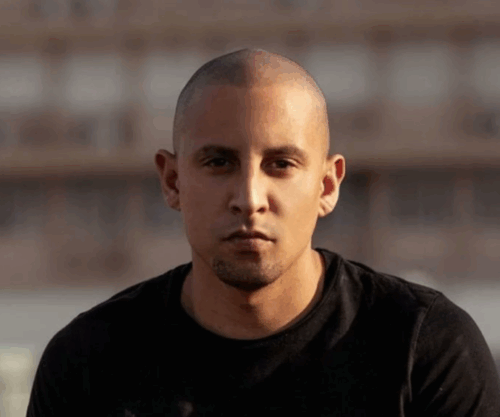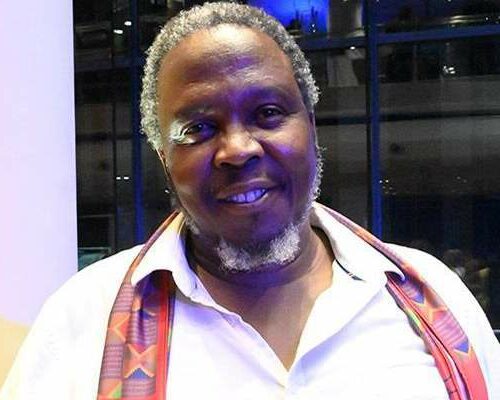
Via Katlehong took pantsula to the global stage. The dancing style symbolises Black South African culture and resistance to the apartheid regime.
According to WTVB, Thato Qofela first performed the energetic dance style in his childhood backyard, and now he is helping to revive it and showcase it internationally. The quick-stepping and syncopated choreography of pantsula originated among Black youth in townships like Qofela’s Katlehong, serving as a vehicle for social and political expression during racial segregation.
Despite experiencing a decline in popularity as modern dance styles emerged, Qofela’s dance troupe, Via Katlehong, is committed to driving a revival of pantsula. They have successfully brought the dance to audiences worldwide with captivating performances in France, the Netherlands, and Portugal.
Beyond being a form of entertainment, pantsula played a crucial role in Qofela’s life, keeping him away from trouble amidst the riots against the apartheid government. Through pantsula, he found a positive outlet and purpose. Other members of the troupe, like Thulisile Binda, also find solace and healing in the expressive power of the dance.
Via Katlehong’s performances have attracted attention globally and at home. They are seen as a means to address societal issues and offer solutions rooted in the shared history of their community.
Compiled by David Hendricks
Also see: Eight year old girl from Limpopo wins international pageant in Bulgaria




